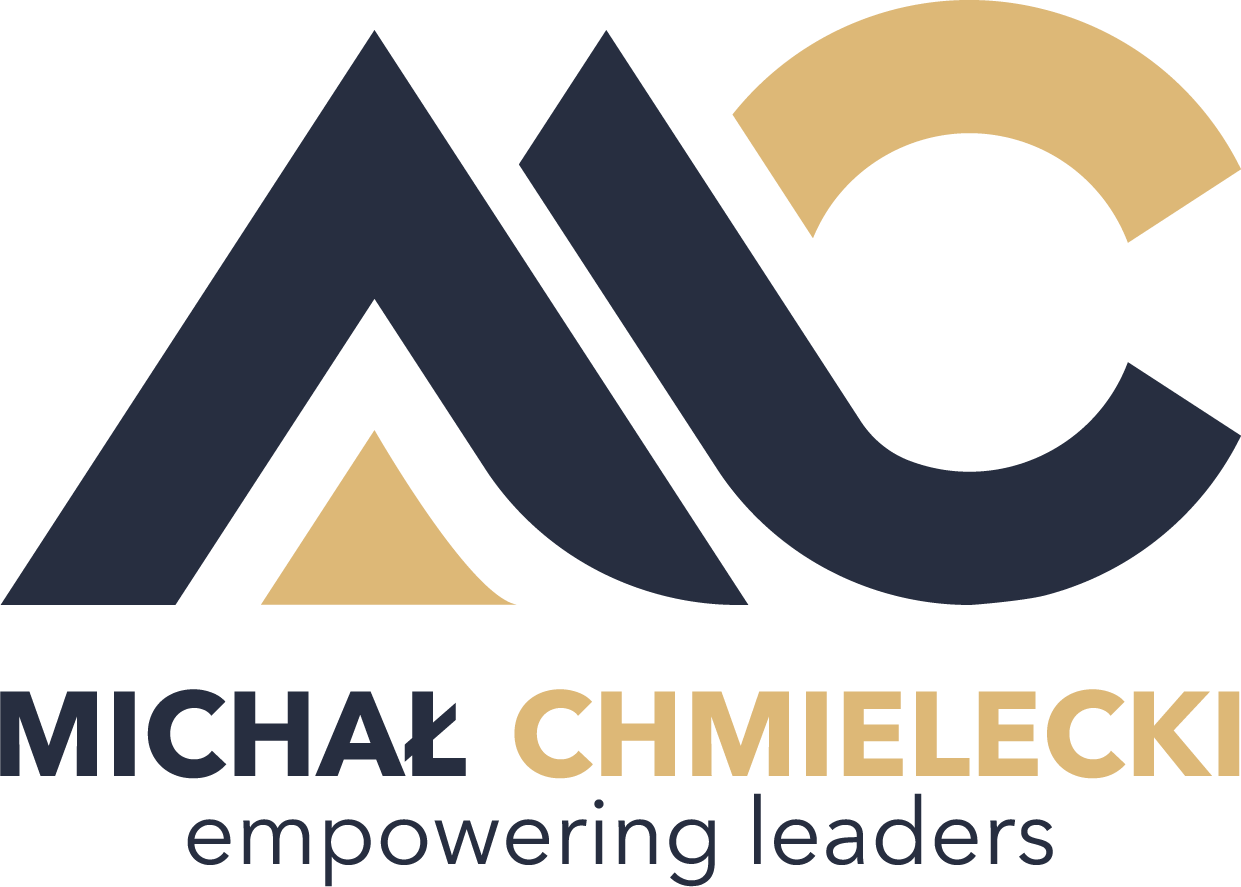Change Stops Being a Threat and Becomes a Habit – How Adaptive Organizations Thrive in Uncertainty
Change is no longer an event — it’s the default state of modern business.
Technology, customer expectations, and global dynamics evolve faster than ever before.
For many organizations, this pace of transformation still triggers anxiety and resistance.
But in truly adaptive organizations, change stops being a threat and becomes a habit.
These companies don’t just respond to disruption — they expect it, prepare for it, and use it as fuel for growth.
Why Change Still Feels Threatening
Human nature is wired to seek stability and predictability.
When processes, structures, or technologies shift, people often feel uncertain or exposed.
Organizations that manage change poorly create environments where employees associate transformation with loss — of comfort, control, or competence.
The result? Resistance, disengagement, and slowed progress.
Turning change into a habit means transforming that mindset. It means cultivating resilience, learning, and purpose so deeply that adaptability becomes second nature.
The Mindset Shift: From Fear to Curiosity
In adaptive organizations, change isn’t imposed — it’s co-created.
Leaders and employees alike approach transformation with curiosity instead of fear.
They ask:
What can we learn from this?
How might this make us stronger or more effective?
What opportunities does this open up?
This perspective turns uncertainty into possibility and redefines the organization’s relationship with change itself.
How Organizations Make Change a Habit
1. Build a Learning Culture
At the heart of adaptability is continuous learning.
Organizations that treat learning as a daily practice — through reflection, experimentation, and feedback — naturally become more agile.
Workshops that combine practice with real-world application, such as strategic communication and negotiation programs, help employees strengthen the skills needed to adapt effectively and confidently.
2. Develop Leadership That Models Change
Leaders play a defining role in normalizing change.
When they show openness, ask questions, and admit they’re learning too, they make adaptability safe for everyone else.
Great leaders don’t demand perfection — they model progress.
By turning change into a shared journey, they build trust and resilience across teams.
3. Encourage Experimentation and Reflection
Organizations that learn from experiments grow faster.
Encouraging employees to test ideas, share insights, and discuss failures turns every experience into learning.
This process transforms change from a one-time project into a continuous learning loop.
4. Integrate Change Into Everyday Work
Change becomes a habit when it’s part of everyday routines, not an occasional crisis response.
Small innovations — new tools, methods, or ways of working — train teams to adapt continuously.
Over time, flexibility replaces fear, and transformation feels natural rather than disruptive.
5. Recognize and Reward Adaptability
If organizations want change-ready people, they must celebrate adaptability.
Recognizing employees who take initiative, learn new skills, or improve processes reinforces that change is valuable and respected — not something to survive, but something to lead.
The Role of Learning in Sustained Adaptability
Learning is the engine that turns change into a habit.
When employees understand why change happens and have the skills to respond, transformation becomes empowering.
That’s why modern L&D strategies focus on:
Microlearning for agility,
Coaching and mentoring for support,
Blended learning to bridge digital and human experiences,
Follow-up and reflection to ensure new behaviors stick.
In adaptive organizations, learning isn’t a department — it’s a shared mindset.
The Business Value of Habitual Adaptation
Companies that make change habitual enjoy a sustainable competitive edge.
They are:
Faster to innovate, because experimentation is routine,
More resilient, because employees can recover from disruption quickly,
More engaging, because people see growth as part of their job,
More attractive to talent, because learning and progress are embedded in the culture.
In short, adaptability is not just a survival skill — it’s a performance strategy.
Conclusion
Change will never slow down — but how we respond to it can transform entirely.
When organizations build learning, reflection, and curiosity into their DNA, change ceases to be a crisis. It becomes a habit of growth.
In these environments, every new challenge is a chance to evolve — and every evolution strengthens the organization’s future.
